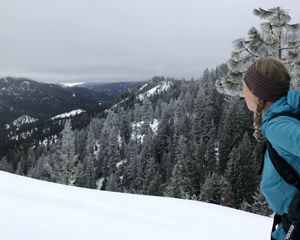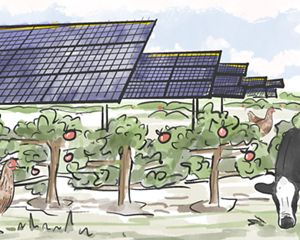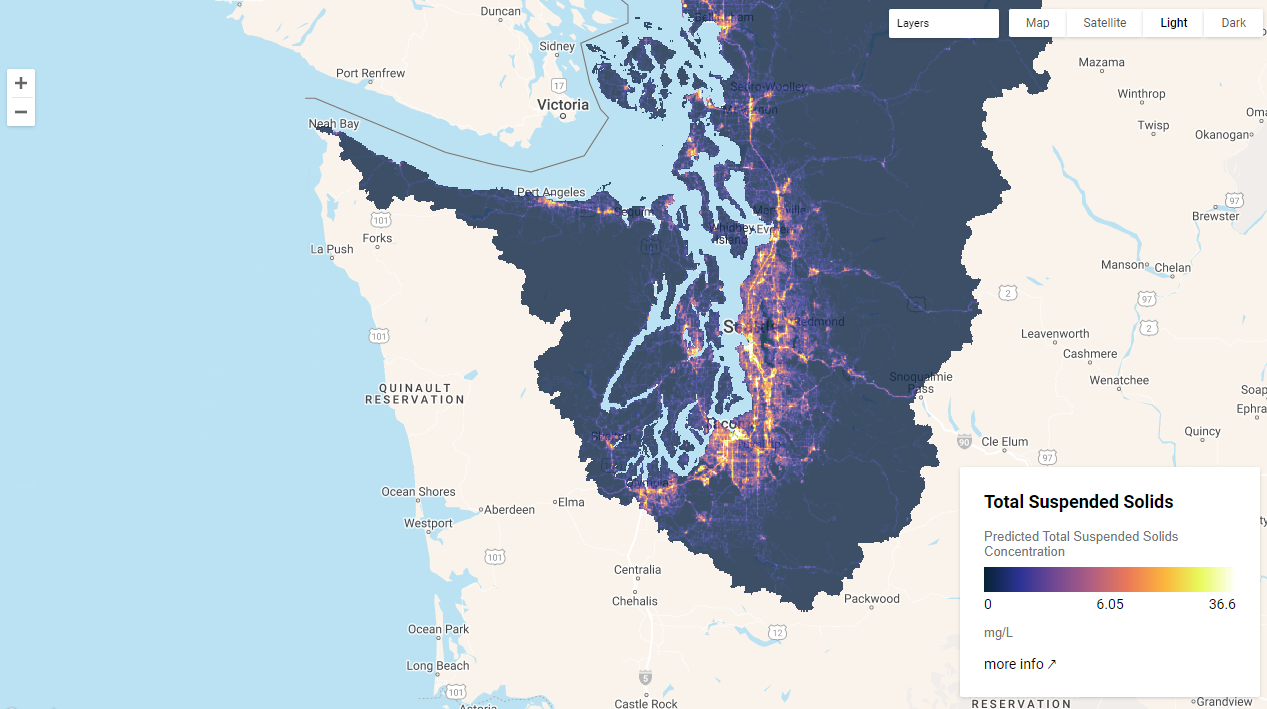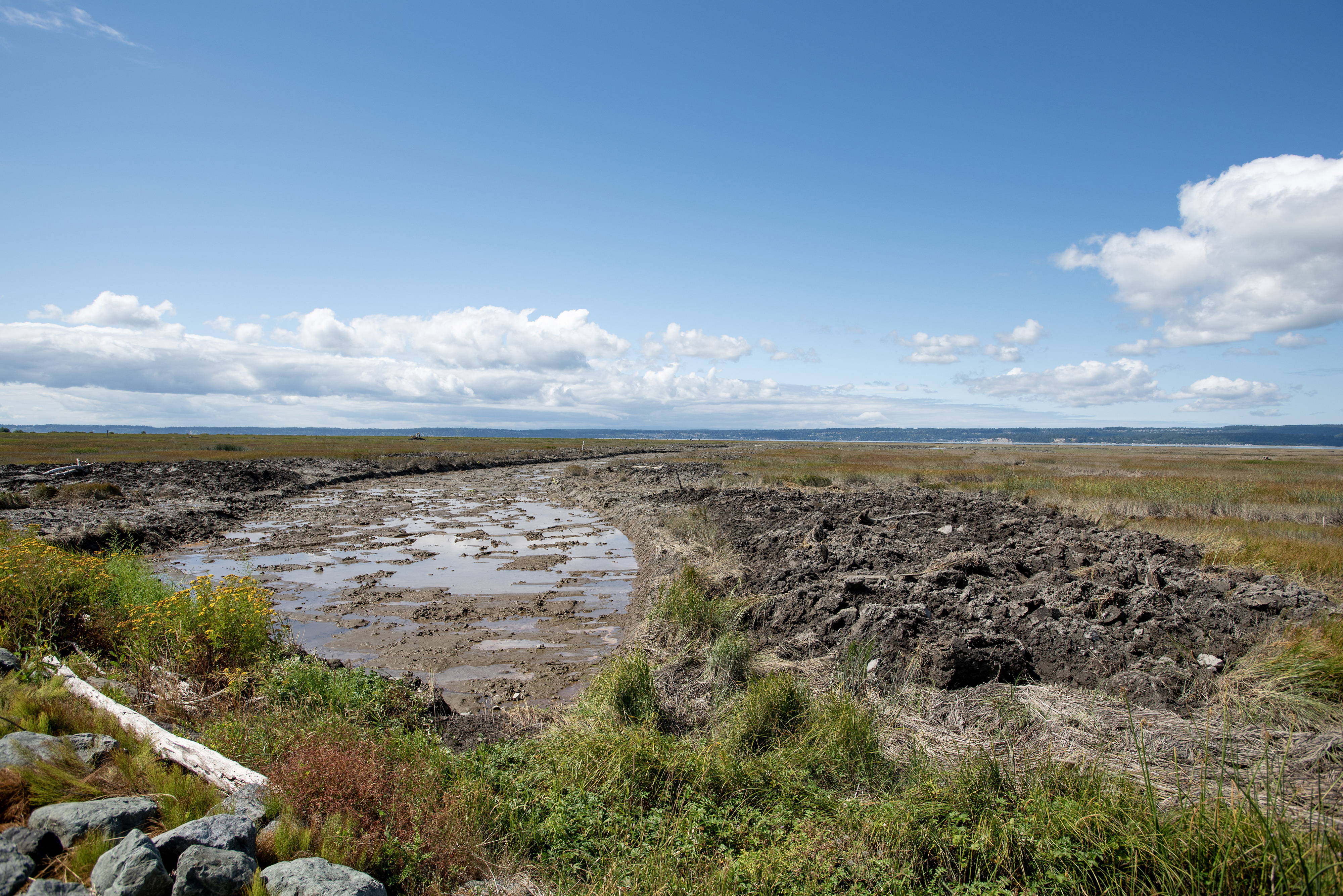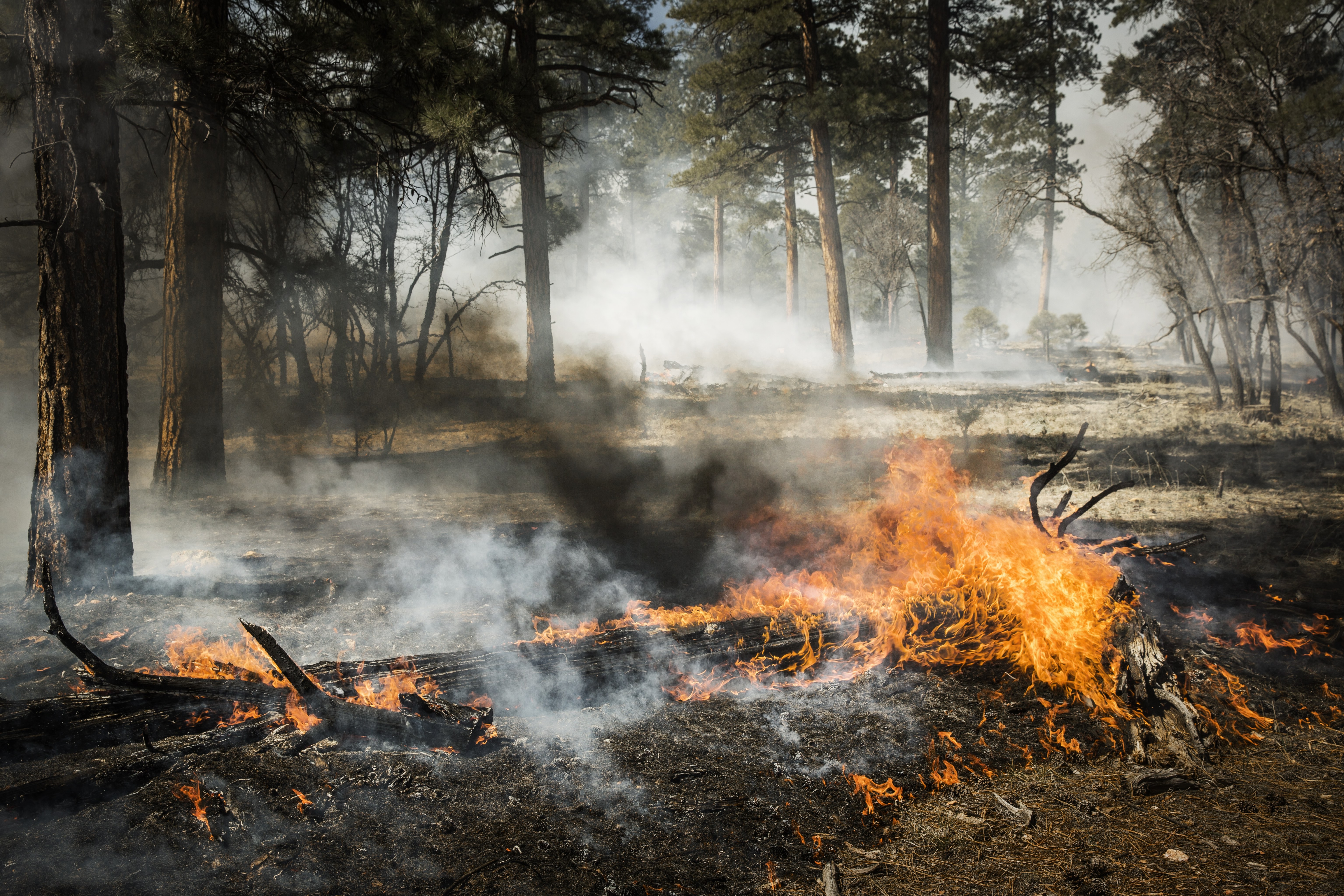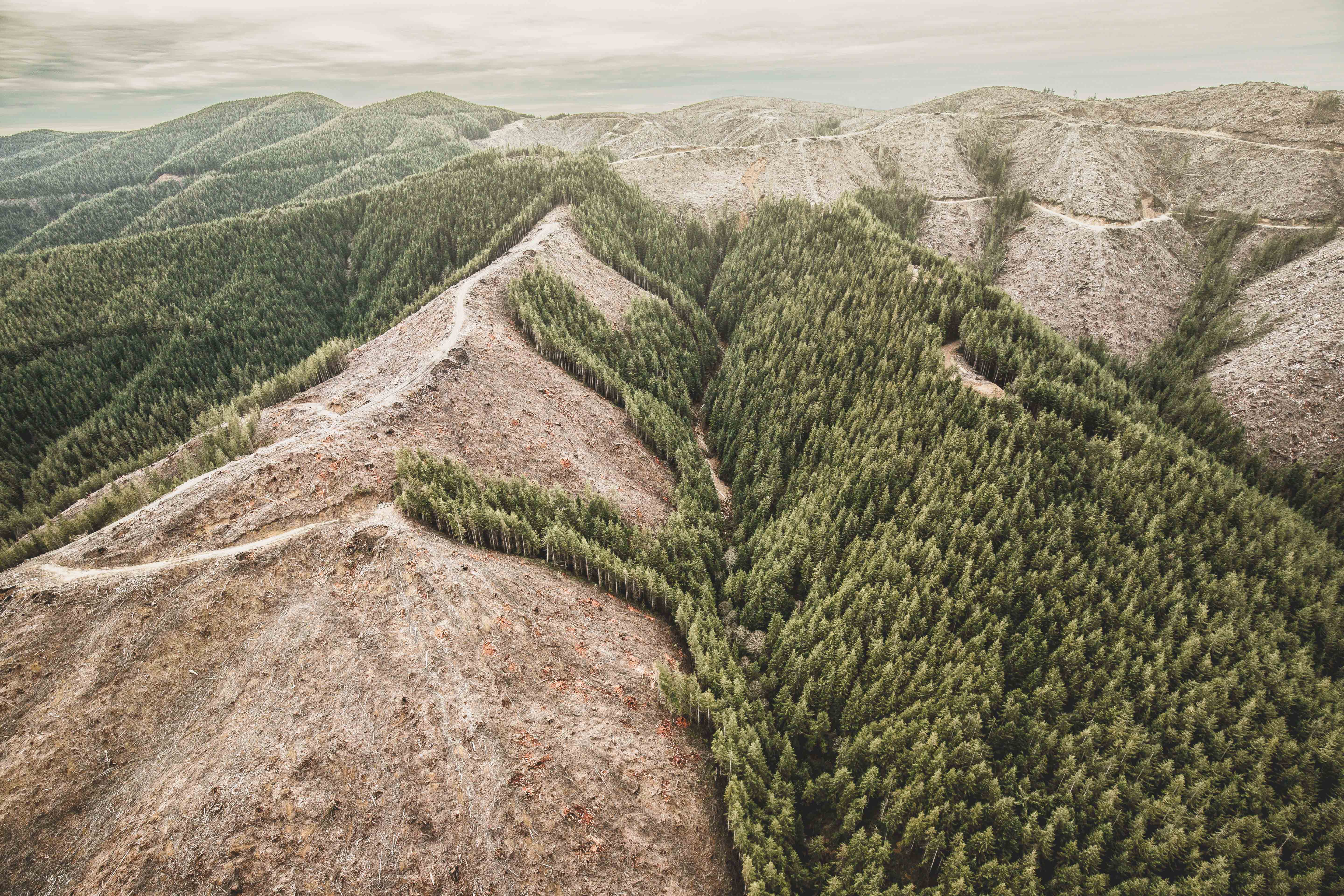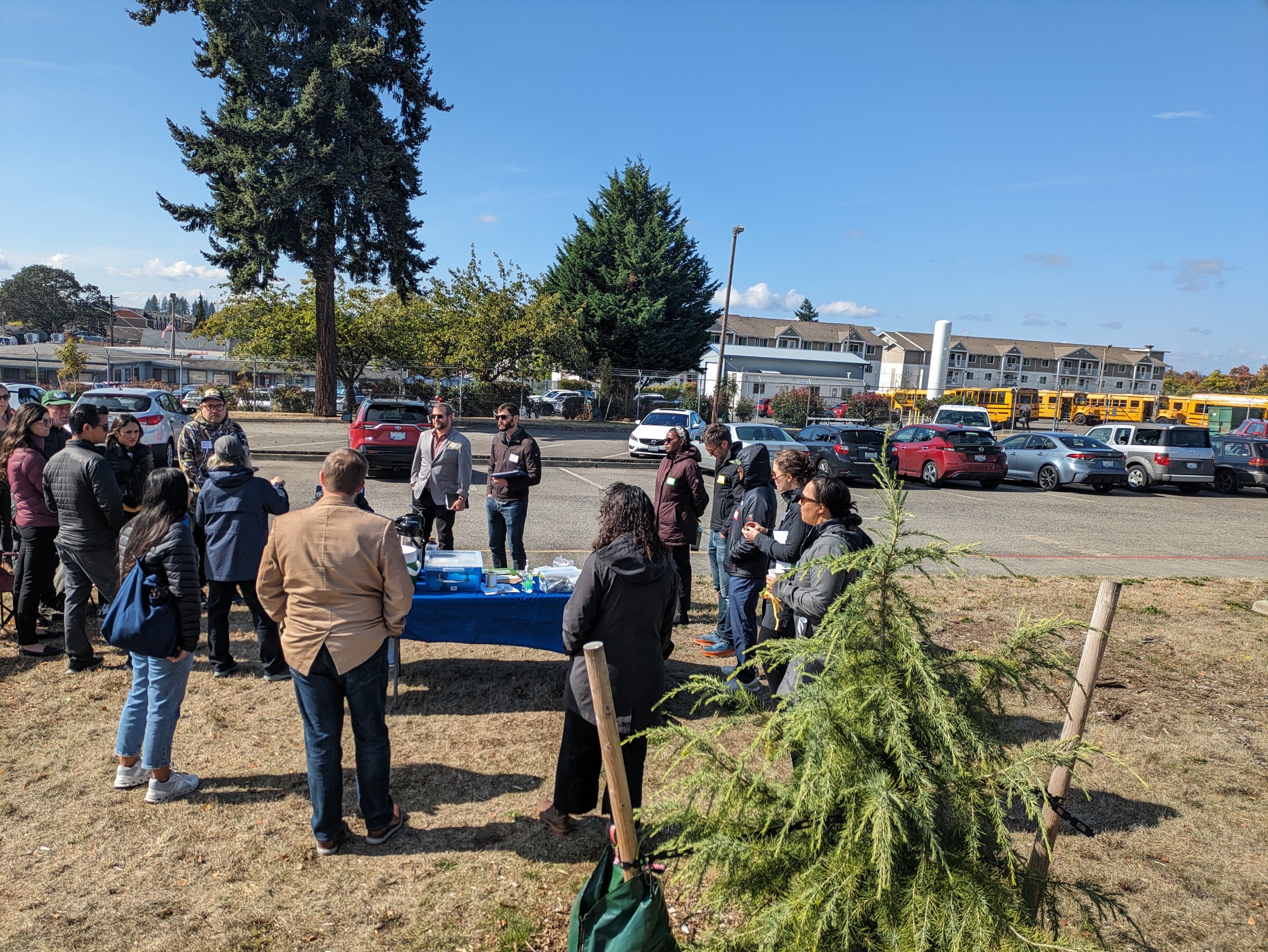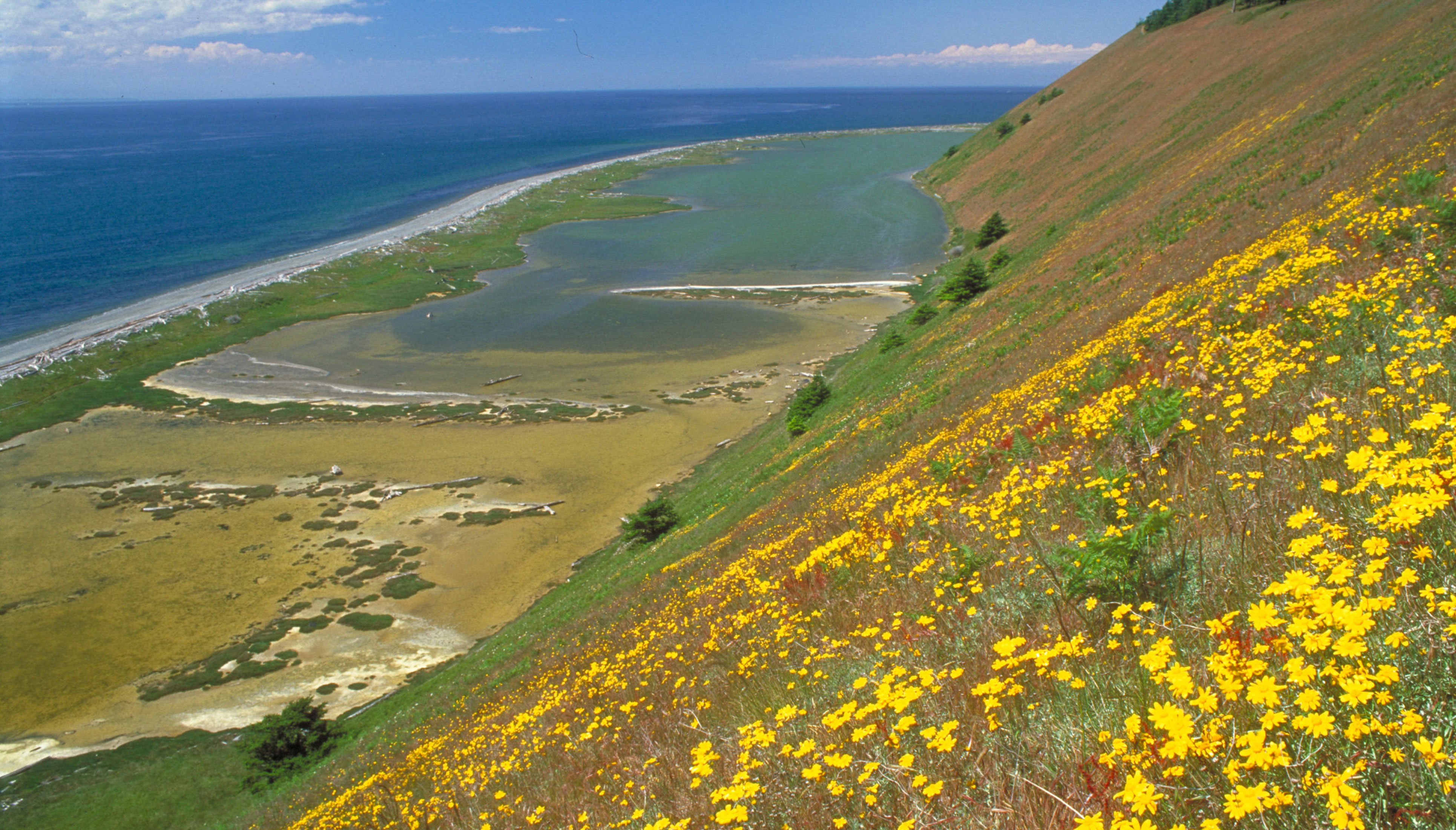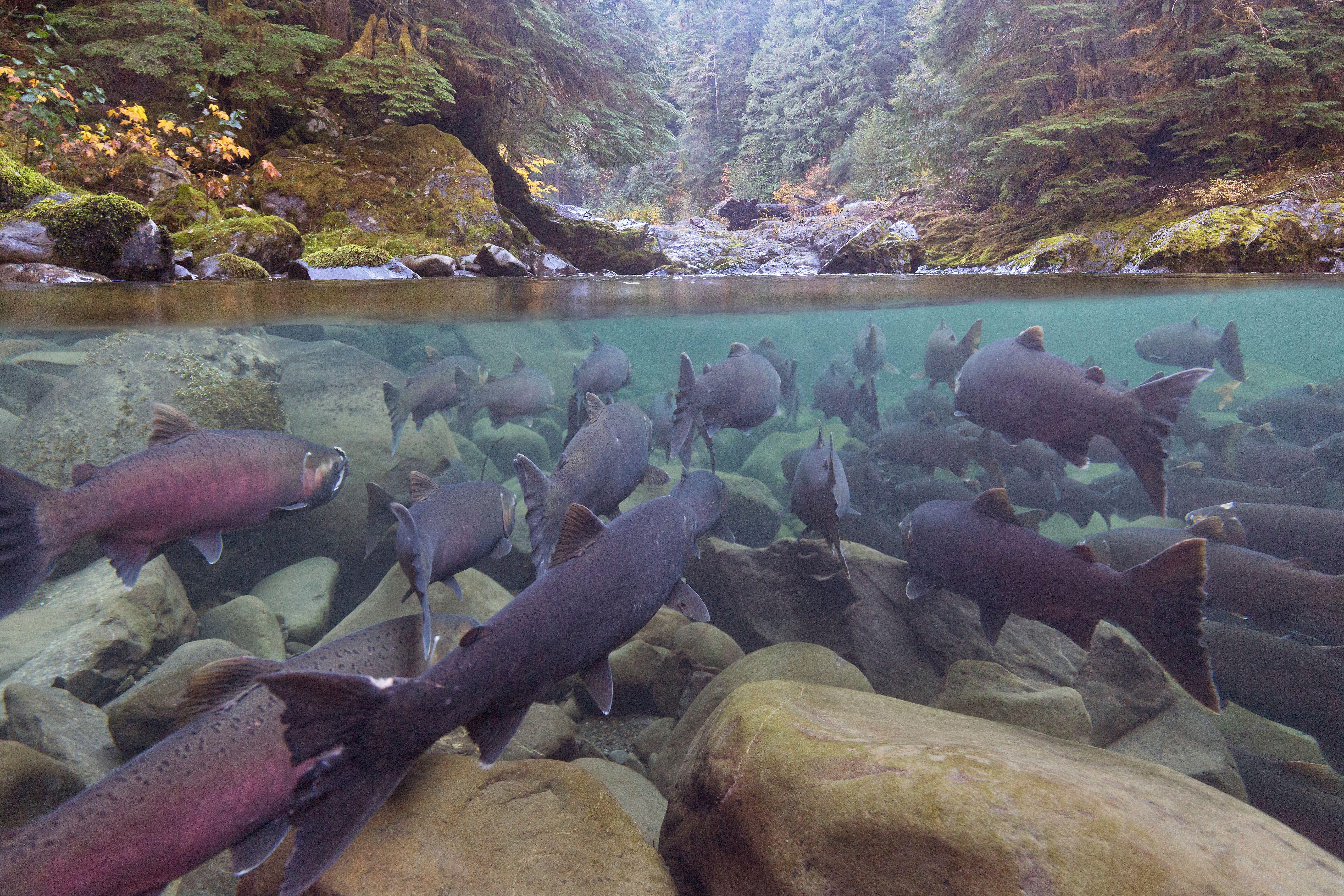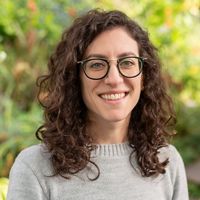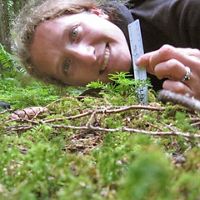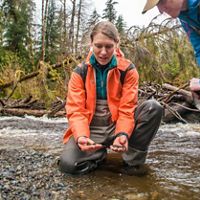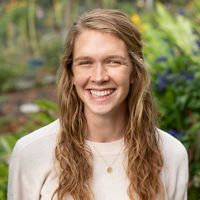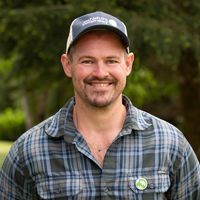Science in Washington
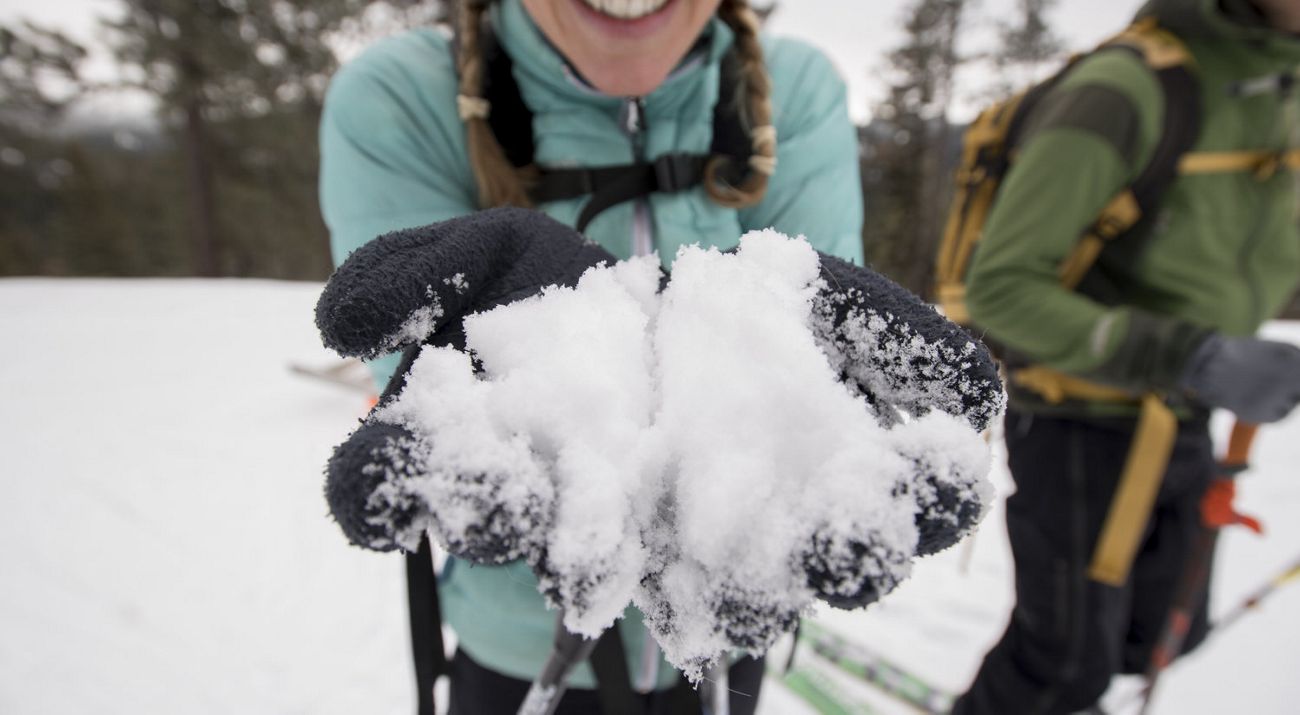
Science. Collaboration. Action.
The Nature Conservancy’s Washington science team is bringing cutting-edge natural and social science to bear on critical conservation problems, to provide the research necessary to conserve the lands and waters on which all life depends. TNC's scientific capacity is infused with flexibility and vigor by University of Washington undergraduate and graduate students and post-graduate researchers
Science Publication Updates
-
Washingtonians value protecting both agricultural and natural lands, and they also recognize the need to rapidly transition to a clean energy economy. The state also has critical obligations to Tribal Nations for safeguarding cultural and natural resources.
Rapidly deploying clean energy while preserving Indigenous rights and protecting agriculture and ecosystems from degradation or conversion is a formidable endeavor. One potential solution to balancing these multiple values is agrivoltaics. Agrivoltaics is the practice of co-locating solar energy production on farmland in a manner that allows crop or livestock production beneath or between solar installations.
A new report produced by The Nature Conservancy, American Farmland Trust, Washington State University, and the Spatial Climate Solutions Lab at UC Santa Barbara reveals the feasibility of agrivoltaics as a tool for expanding clean energy while maintaining agricultural productivity in Washington state.
This assessment took a multipronged approach to understand the feasibility of agrivoltaics from a technical and cultural perspective, and included four key phases:
1. Scientific review:
We synthesized the global body of science to-date on agrivoltaics, interpreting that research in the Washington context.
2. Mapping:
We mapped Washington’s agricultural lands to understand how much land might be easily suitable for agrivoltaics. The results of this mapping exercise are accessible to the public and have been published alongside the report on Washingtong Agrivoltaics map.
3. Modeling crop growth:
We used a modeling approach that merges property-level solar array design with crop growth to assess how we can design agrivoltaic systems for different parts of Washington. This modeling allows us to understand what the consequences (positive, neutral, or negative) might be to crop yield and quality, particularly for one of Washington’s most valuable crops—apples.
4. Surveys and community perspective:
We surveyed farmers across the state to understand their perceptions of and interest in solar energy and agrivoltaics specifically. This included qualitative interviews with farmers and other interested parties to understand opportunities and potential barriers to adoption of agrivoltaics.
This report provides an initial assessment at the biological, geographic, economic and social potential of agrivoltaics in Washington, laying the groundwork for further research and possible implementation.
-
In testament to the strong partnership between TNC and UW, a new publication about the ability of forests to mitigate heat during extreme heat events was just released, led by Dr. Aji John and Dr. Kavya Pradhan, with Dr. Ailene Ettinger, TNC quantitative ecologist, Dr. Michael Case, TNC forest ecologist, and Dr. Janneke Hille Ris Lambers as coauthors.
The authors find that forest understories in the Ellsworth Creek preserve were 3 °C cooler than a nearby clear-cut area and 4 °C cooler than regional temperatures during the PNW heat dome in 2021. It was already known that temperate coastal forests buffer average temperatures, and this new research suggests that buffering also occurs during extreme heat events like the heat dome of 2021. This could be good news for forest dwelling organisms that are sensitive to such extreme heat events. The full publication is here: Forest canopy cover affects microclimate buffering during an extreme heat event - IOPscience.
Science Program
Science Collaborations Include:
The TNC-UW Partnership
A scientific partnership between The Nature Conservancy and the University of Washington brings an emerging generation of scientists, educators and conservation leaders to this crucial work to create a shared future where people and nature thrive.

Information for Scientific Research Partners
To facilitate collaboration on scientific research, The Nature Conservancy’s Washington Business Unit applies a standing indirect cost rate to agreements for this purpose.
